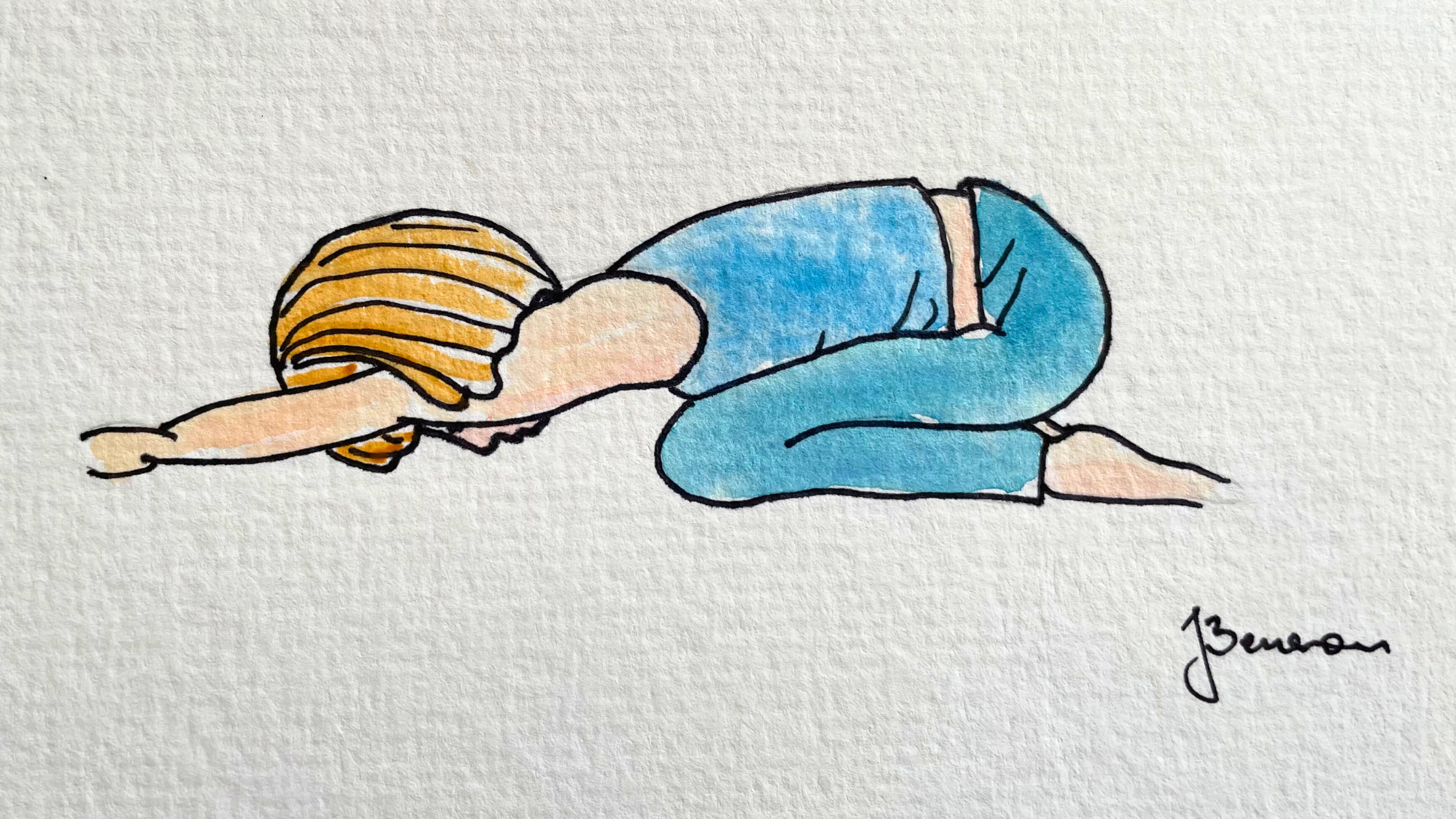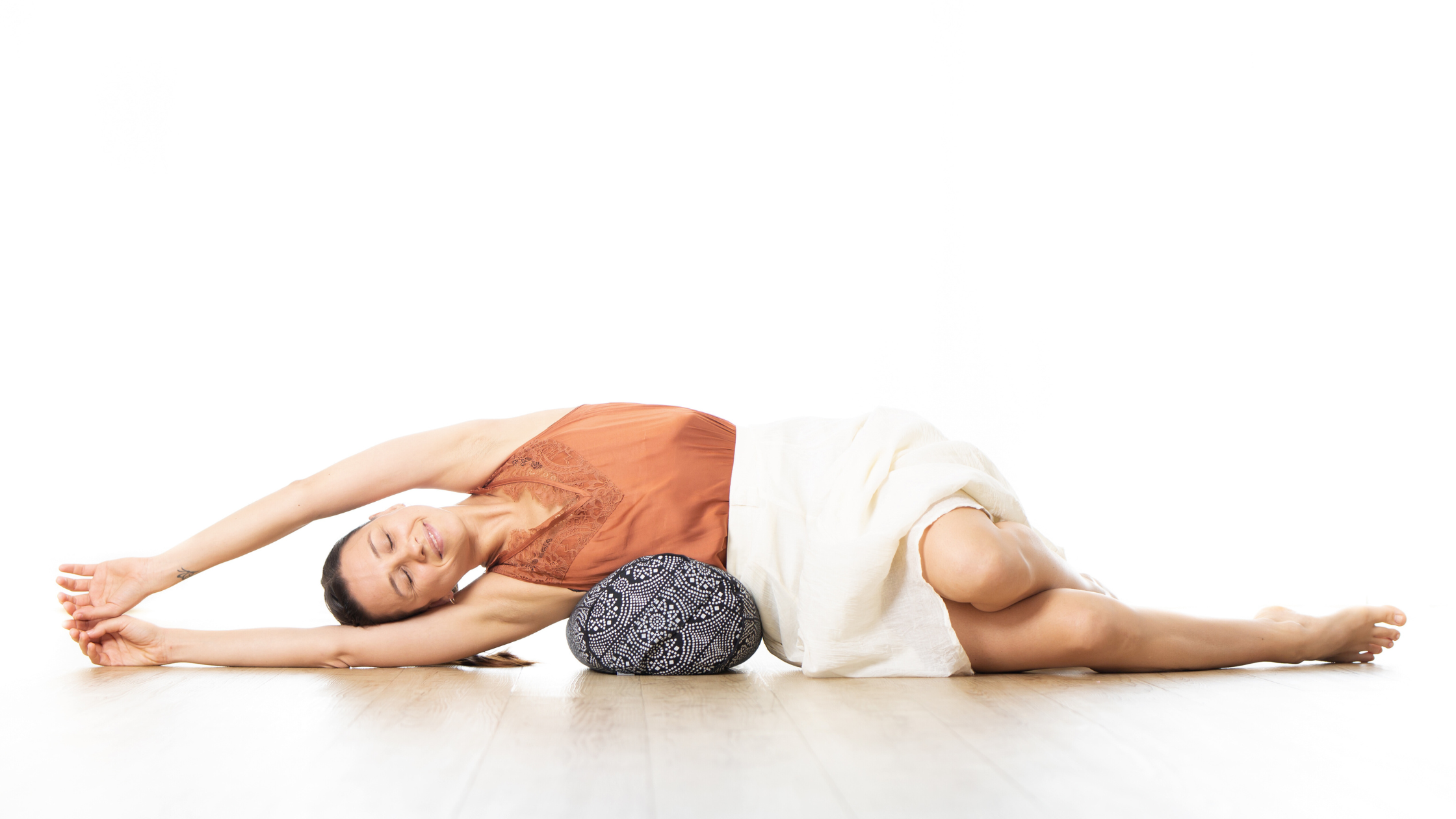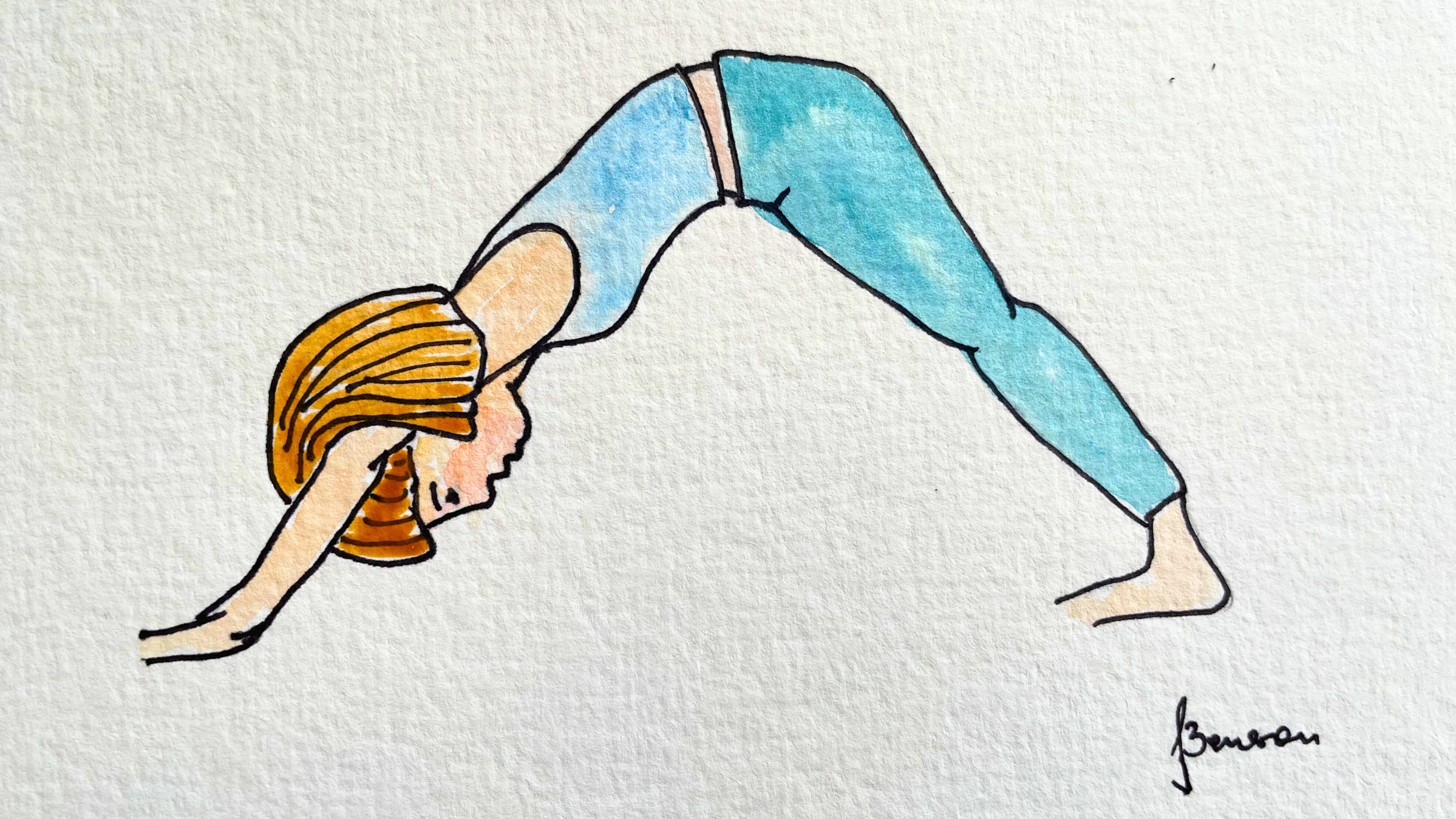Some scholars believe the ancient practice of yoga started in northern India around 5,000 years ago. Aside from being one of the schools of philosophy followed by Hinduists, it is also a major part of meditation practices in the Buddhism religion.
In Sanskrit, yoga is a derived word which means to join or to unite. In a spiritual sense, this refers to the union of our individual consciousness to that of the collective consciousness or with something greater than ourselves. It’s all about seeing our one true Self, free from worldly desires or attachments because it’s believed that these elements bring us momentary happiness and despair.
Once we free ourselves of these elements, we achieve a higher state of being or a state of bliss and peace. Reaching that meditative state in yoga involves using different poses, meditation, and breathing exercises where full attention and focus on ourselves are required.
There are many different forms of yoga. Each of these has many of the same health benefits but with its own unique qualities. There’s hatha yoga, hot yoga, restorative yoga, and so many others.
Compared to other forms of yoga, restorative yoga is a practice that is gentler on your body. It’s meant to help heal your body and mind, promote wellness, and help you learn basic stretches that will open up your body and allow for healing.
It also happens to be amazing for stress relief as it activates the body’s parasympathetic or relaxation response, maintaining equilibrium in the nervous system. As a result, it allows you to release tension and experience deep rest and healing.
Restorative Yoga for Stress Relief
Most forms of yoga can be very helpful for stress relief, but restorative yoga has a few added benefits for this purpose.
First, restorative yoga is a slower and gentler form of yoga. Instead of moving swiftly from one pose to the next, each pose in restorative yoga is held for considerably longer. This is great for building your strength and flexibility and gives you time to adjust and stretch through each pose. You’re given more time to breathe during the pose and relax your muscles fully.
You will notice that the entire environment in a restorative yoga class is much more relaxing, making it suitable for people who are doing yoga specifically to help relieve stress.
Why Props Are Used in Restorative Yoga
Another big difference between restorative yoga and other forms of practice is that props are used frequently. This mellow yoga class is meant to relax you, so props are often used to help support your body. Props allow you to hold the poses in the proper position and for longer periods. It’s this length of time for each pose that really makes it “restorative” and healing for both your body and mind.
If you take a yoga class, they might tell you what items to bring, though most classes also provide them for their students. However, if you’re doing it at home, you can get props like yoga blocks and bolsters. Rolled-up towels or small blankets also work very well!
The Best Stress-Relieving Yoga Positions
Many yoga poses used in restorative yoga are great for stress relief. So, if you’re dealing with stress and overwhelm, try some of these beginner-friendly poses:
Child’s Pose

It’s helpful to start with a very simple yoga pose, such as the child’s pose, that’s easy to get your stretch in. If you do other workouts, like strength training or Pilates, you might be familiar with the child’s pose as it is a common post-workout stretch.
The child’s pose is done starting on your knees, with the top of your feet and shins flat on the ground. Leave your knees about shoulder-width apart, then bend your body forward until your head and shoulders are between your knees. Bend forward as far as you can with your arms stretched out in front of you. You want a good stretch, but not so much that it causes discomfort or pain.
Twist With A Bolster

This is one of the restorative yoga poses that use a prop – or a bolster. A bolster is similar in shape and size to a rolled-up blanket, so you can use that instead if you don’t have a bolster.
The twist is amazing for stretching your entire body and allowing blood to flow through the twist, which can also help you to relax and start relieving stress.
Sit down on your mat with the bolster in front of you. You want one of your hips to be at the shorter end of the bolster, with your feet at the opposite side – so, if you’re using your left hip, then your feet will be at the right side, and vice versa. Allow the twist to lengthen your spine, and hold for as long as possible before exhaling.
Legs Up-The-Wall

You can also try the legs up-the-wall yoga pose, another classic pose that’s great for beginners. All you need to do is find a wall in your home or the yoga studio to lean your body against. You will be lying with your back and buttocks on the ground, with your legs straight up in front of you, on the wall. An easy way to get into this position is to put one hip on the wall, lay down flat, then swing your legs around to go up the wall.
Downward Facing Dog

Another pose you can practice is the downward facing dog. This form makes your body look like an inverted V shape, as you can see based on the illustration made by my friend Jolanta Benson (and you can find more of her work @watecoloursyolanta on Instagram)
To do this pose, first lay on your hands and knees on the mat with your palms flat and your fingers extended and wide. Then, with your feet hip-width apart, gently lift your knees up with your heels flat on the floor. Make sure your knees are straight, relaxed but not locked.
In the process, you should be pulling your tailbone back, moving your chest towards your thighs while focusing on bringing your heels to the floor and lengthening your spine. Hold this pose for at least 30 seconds while maintaining steady and slow breaths.
This stretches your spine well and strengthens your back muscles and wrists. It also helps to alleviate pain and stiffness in your back and shoulders.
A Gentle Yet Powerful Approach To Deep Healing
Restorative yoga is the best form of yoga for you if you want a gentle and effective way to release tension from your body. Stress is always going to be a part of our lives. But practicing slow and supported poses while focusing on deep relaxation allows our body to recuperate, heal, and regain balance, preparing us for the day to come.
So, I encourage you to start taking classes and explore this form of yoga. It might be just what you need in this moment. And remember, if you have any questions about restorative yoga poses, don’t be shy to ask your instructors so you know you’re doing each pose safely and properly.
Enjoyed This Article? You Might Like These Too…
Let’s Move It: Maintaining Your Healthy Body In Midlife
The Delay Dilemma: Why Women Hesitate to Call for Help During Heart Attacks

